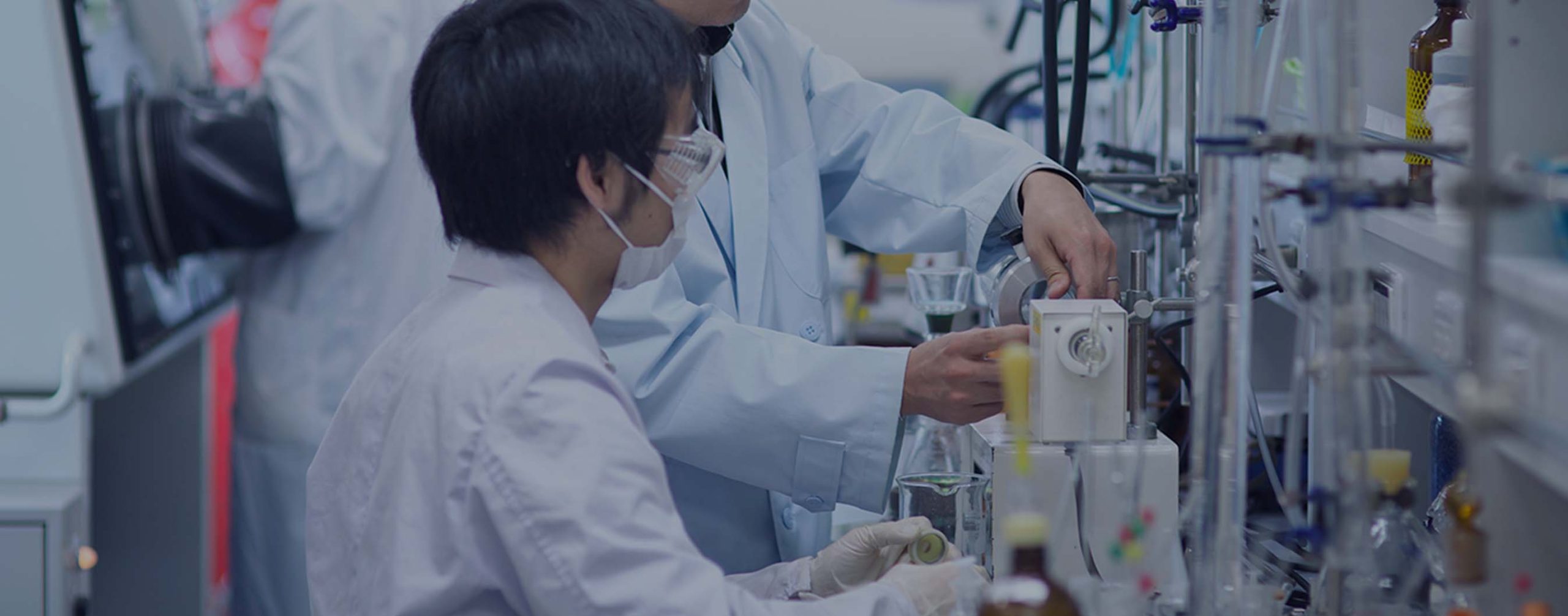
About RIST
RIST at a Glance
-
Founding
1981
-
RIST Today
-
Research
Centers5
-
Joint Usage /
Research Center1
-
Research
Hubs2
-
Research
Divisions23
-
The Open
Innovation Projects1
As of August 2024
-
-
Areas of RIST
5 areas
-

Information and Societal
-

Fundamentals
-

Functional Materials
-

Structural Materials
-

Bio and Pharmacy
-
-
Members
Approx. 500 people
A total of approximately 500 people, including faculty and visiting staff, are involved in work at RIST.
As of April 2024
-
Symposiums, Seminars, etc.
120 /year
The results of research at RIST is presented in a variety of ways, including conferences, study groups, seminars, lectures, and symposiums.
AY 2023 results
-
Sustainable Development Goals (SDGs)
RIST is working on tackling the SDGs.
Please see individual department pages for more details on our initiatives.

Organization Chart

History
1980-1999
-
- January 21, 1981
-
General Research Institute established.
Four divisions: Solid State Physics, Interface Science, Fire Science, and Remote Sensing
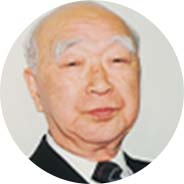
Keijiro TAKAGI (1981-1982) -
- 1982
- Fracture Mechanics Division established, five divisions in total
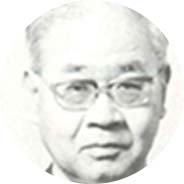
Takakazu MARUYASU (1982-1985) -
- 1983
- Biosystems Division established, six divisions in total
-
- 1987
- Life Science Division established, seven divisions in total
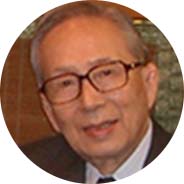
Teiji TSURUTA (1985-1990) -
- 1988
-
- Solid State Physics Division and Fracture Mechanics Division dissolved
- Biosystems Division renamed Intelligent Research Division
- Computational Mechanics Division and High-Temperature Superconductivity Division established
-
- 1989
- The Research Institute for Biological Sciences founded
-
- 1990
- Static Electricity Division established, eight divisions in total Research space secured in the Noda area
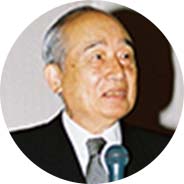
Teruaki MUKAIYAMA (1990-2001) -
- 1994
- Marine Biological Research Facility established as an affiliated research facility
-
- 1996
- Organization for Information Science Education and Research established
-
- 1997
- Center for Synthesis and Analysis of New High-Performance Materials established as an affiliated research facility
2000-2009
-
- April 2003
- DDS Division adopted as a project to promote the advancement of academic research

Tadahiro ISHII (2001-2004) -
- July 2003
- Fire Science Division selected for the 21st Century COE Program
-
- March 2004
- Report on the “Ideal Form of Research Institutes, etc., at the Tokyo University of Science”
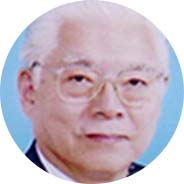
Yoshimasa NIHEI (2004-2007) -
- April 2005
- Proposal for establishment of Tokyo University of Science General Research Institution
(Final Report of the Future Plan for the Tokyo University of Science Institute for General Research)
-
- November 1, 2005
- General Research Institution established — 10 centers, 5 research divisions
-
- May 2006
- 125th anniversary of the founding of Tokyo University of Science
-
- October 2006
- Research and Technology Division Research Equipment Center established
-
- November 2006
- Forum “Science-Hito-21” held to commemorate the establishment of the General Research Institution
-
- April 2007
- Free-Electron Laser Research Centeradopted as a project for developing innovations for shared use of advanced research facilities
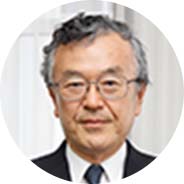
Hidetoshi FUKUYAMA (2007-2016) -
- November 2007
- 2nd General Research Institution Forum “Dental Regenerative Medicine and Enhancement of Human Movement to Support Daily Life” held
-
- June 2008
- Center for Fire Science and Technology selected for the Global COE Program
-
- October 2008
- 3rd General Research Institution Forum “From Manufacturing to the Environment — Creative Interdisciplinary Collaboration” held
First publication of “Current Situation and Challenges”
-
- July 2009
- The Center for Fire Science and Technology becomes the first private university facility in the science field to be recognized as a joint usage/research center
-
- August 2009
- First issue of the “RIST” newsletter
2010-2019
-
- April 2010
- Introduction of “Areas”
Graduate School of Global Fire Science and Technology established through the Global COE Program of the Center for Fire Science and Technology
-
- April 2013
- Establishment of Photocatalysis International Research Center under the Ministry of Economy, Trade and Industry's “Support Program for Establishment of Innovation Centers”
-
- April 2014
- Research Strategy — Establishment of the University Research Administration Center (URA Center)
-
- May 29, 2014
- Integrated Research Building opening ceremony held
-
- April 2015
- Reorganization into the Organization for Research Advancement Research Institute of Science & Technology (RIST)
Photocatalytic Research Center approved as a joint usage/research center
-
- November 2015
- 10th RIST Forum “Toward 'Only at TUS'” held
-
- April 2016
- Establishment of Research Advisory Board at RIST
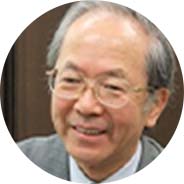
Makoto ASASHIMA (2016-2018) -
- November 2016
- Selected by the Ministry of Education, Culture, Sports, Science and Technology for the “FY 2016 Private University Branding Project”
Water Frontier Science & Technology Research Center established
-
- June 2017
- Kao Human Life Science Research Division Sponsored by Kao Corporation established
-
- April 2018
- The Center for Fire Science and Technology becomes the Center for Fire Science and Technology, a center with no fixed term of establishment

Hideaki TAKAYANAGI (2018-2021) -
- December 2018
- First RIST Academy held
2020-
-
- January 17, 2020
- Collaboration agreement signed with Tohoku University's Research Alliance Center for Mathematical Sciences
-
- February 1, 2021
- Tokyo University of Science becomes the first university in Japan to be designated as a “Designated Performance Evaluation Organization”
Performance evaluation work begins at the Center for Fire Science and Technology
-
- April 1, 2021
- Water Frontier Research Center and Research Center for Space System Innovation (SSI) research centers established
-
- April 1, 2021
- Open innovation project established
Kao “Kirei” Future open innovation project established
-
- January 1, 2022
- Carbon Value Research Center established as a strategic priority research field
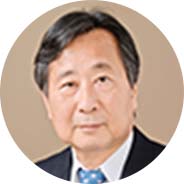
Hiroshi NISHIHARA (2022- ) -
- April 1, 2022
- 3 research centers, 1 joint usage/research center, 1 research hub, 22 research divisions, 1 open innovation project
-
- June 1, 2022
- Research & Development Platform of Functional Green Building Materials open innovation project established
-
- April 1, 2023
- 4 research centers, 1 joint usage/research center, 1 research hub, 19 research divisions, 1 open innovation project
-
- April 1, 2023
- Research Center for Drug Discovery and Applied Sciences established
-
- August 1, 2023
- Research Center for Multi-hazard Urban Disaster Prevention established as a strategic priority research field
Directors
Directors
"RIST TUS" Pamphlet
A pamphlet providing an overview of RIST is available is available in Japanese and English.
Please download and view below.
RIST TUS" Pamphlet 2023-2024
-
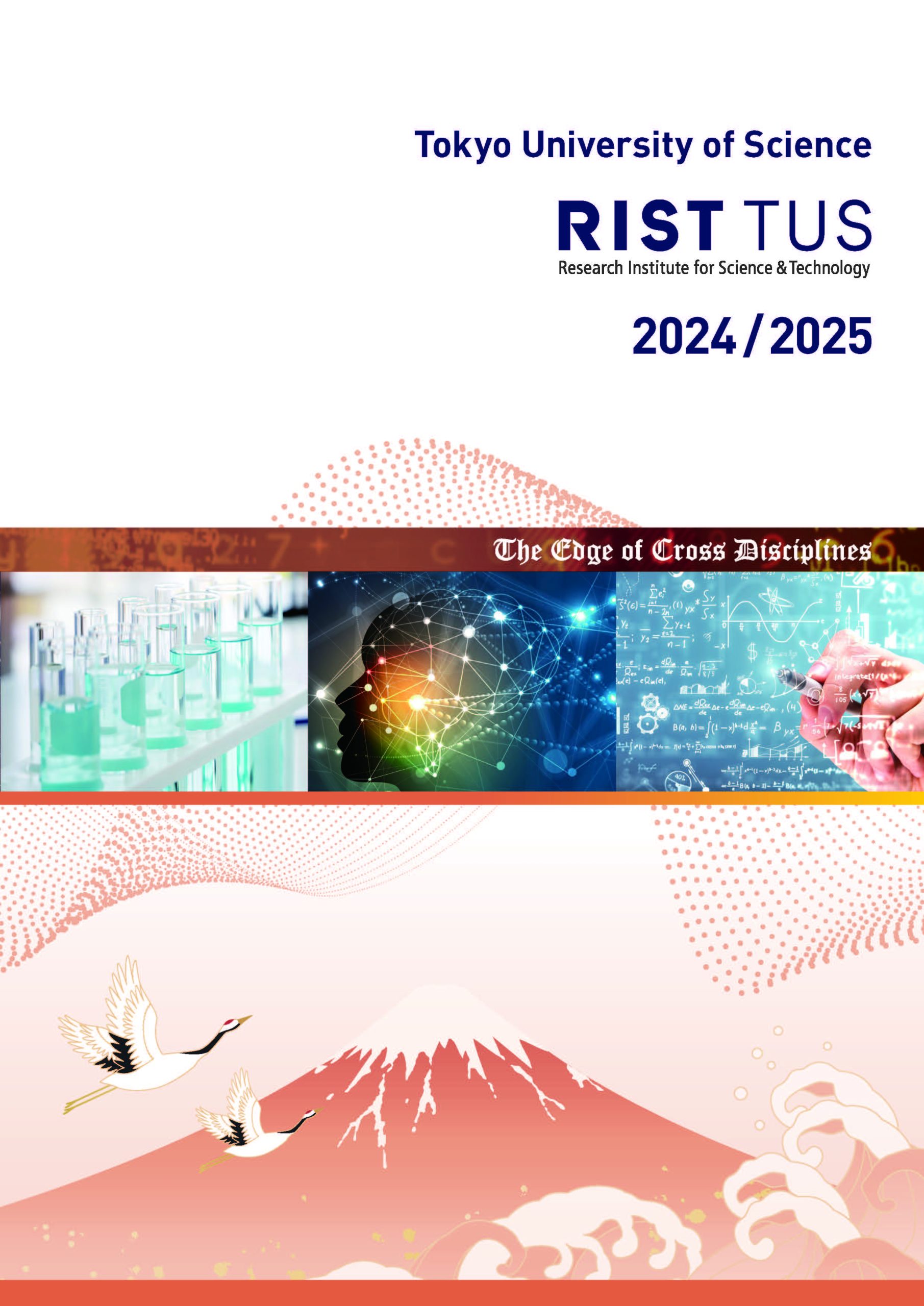
English Version
-

Japanese Version
Back Number Click here for back numbers
- "RIST TUS" Pamphlet 2023/2024 (English Version)
- "RIST TUS" Pamphlet 2022/2023 (English Version)
- "RIST TUS" Pamphlet 2021/2022 (English Version)
- "RIST TUS" Pamphlet 2020/2021 (English Version)
- "RIST TUS" Pamphlet 2019/2020 (English Version)
- "RIST TUS" Pamphlet 2018/2019 (English Version)
- "RIST TUS" Pamphlet 2017/2018 (English Version)
- "RIST TUS" Pamphlet 2016/2017 (English Version)
- "RIST TUS" Pamphlet 2015/2016 (English Version)
- "RIST TUS" Pamphlet 2014/2015 (English Version)
- "RIST TUS" Pamphlet 2013 (English Version)
- "RIST TUS" Pamphlet 2012 (English Version)
Inquiry/Access
Inquiries regarding RIST
Research Support Section, Research Strategy and Licensing Section, Tokyo University of Science
Please click here for consultations, questions, inquiries, interview requests, etc. Inquiry Form
2641 Yamazaki, Noda-shi, Chiba-ken, 278-8510, Japan
Tel: 04-7122-9151
Fax: 04-7123-9763
Mail: rist-jimukyoku@admin.tus.ac.jp
Campuses & Access
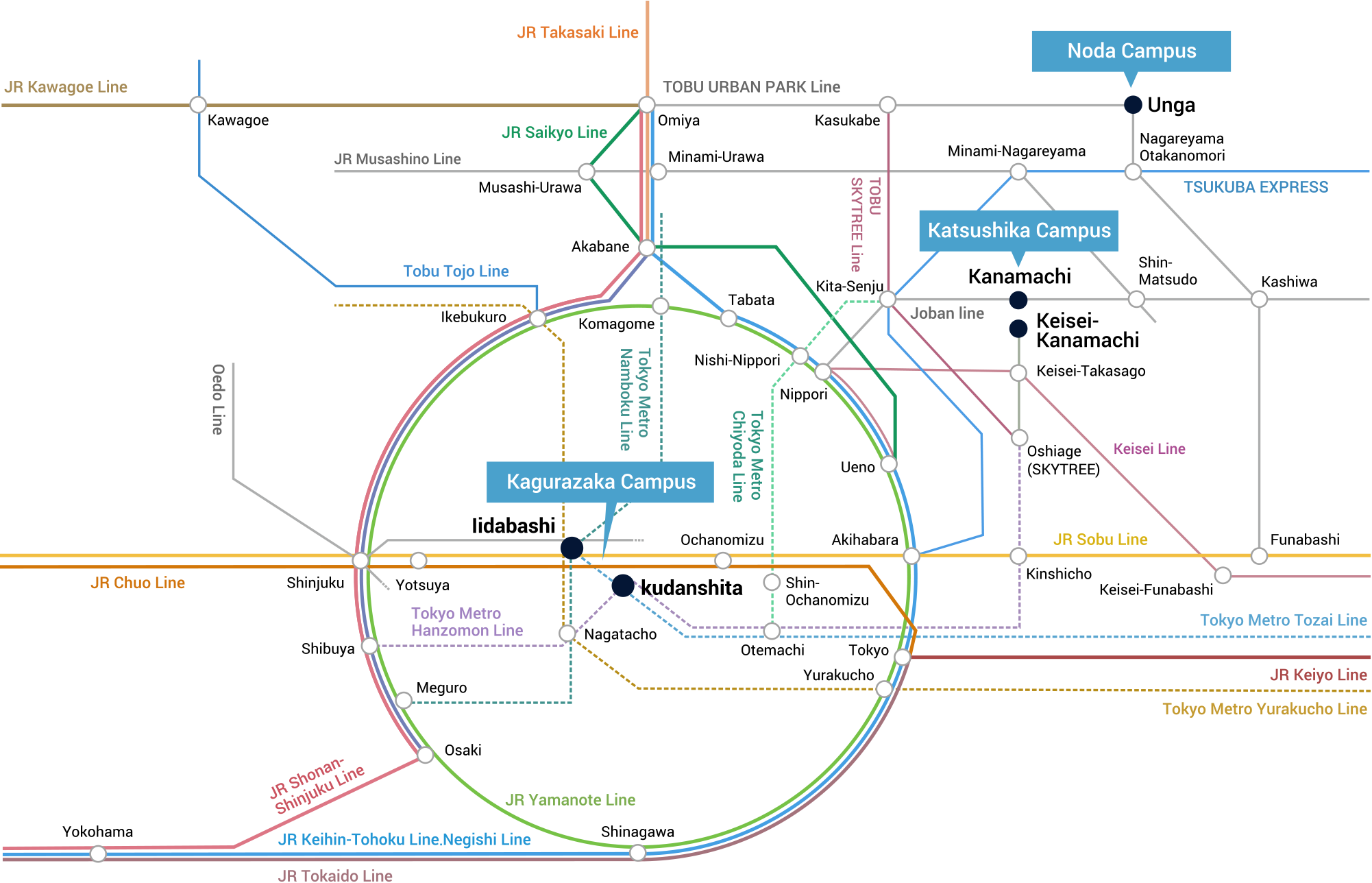
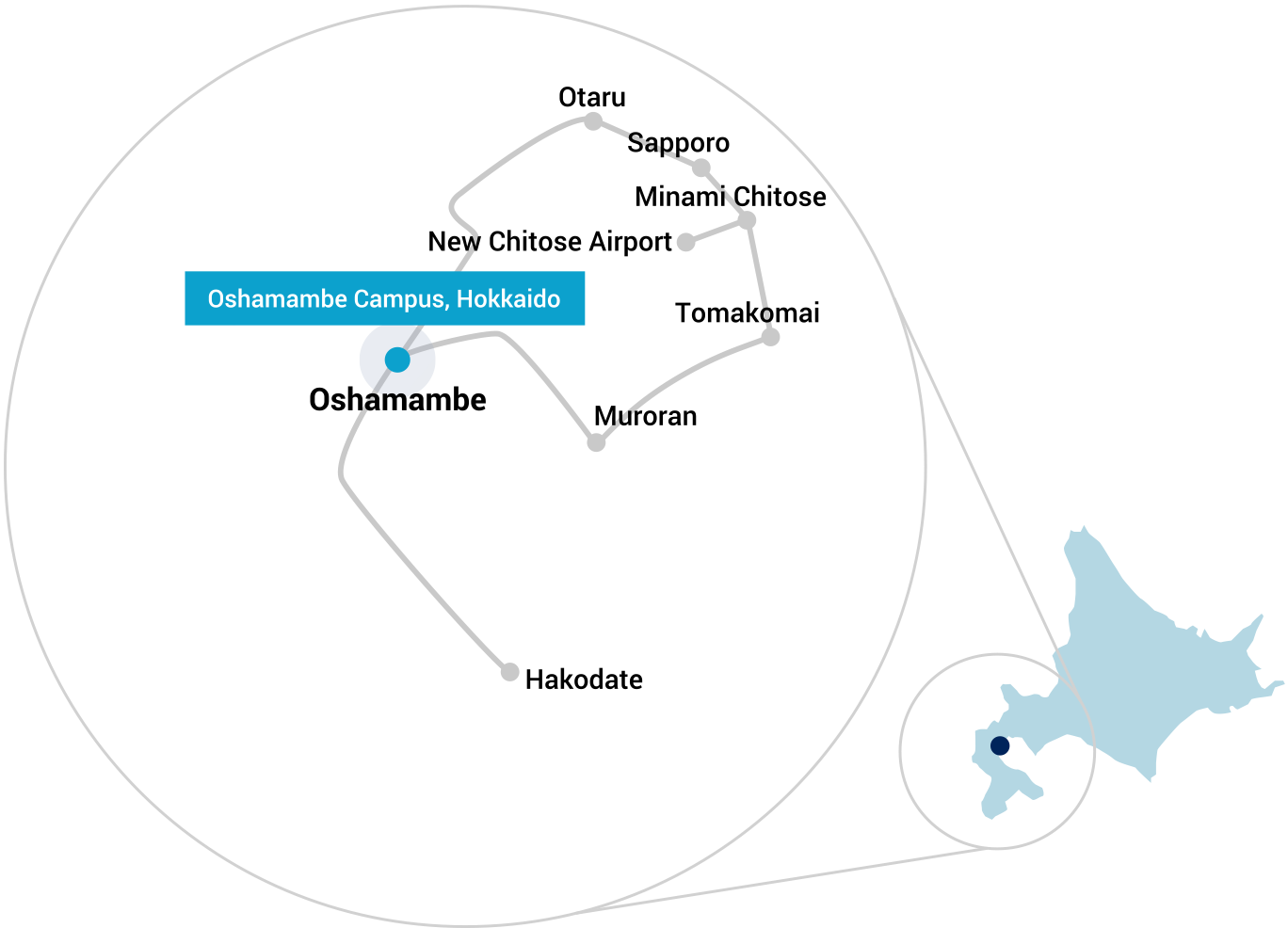
Chiba/Noda Campus
2641 Yamazaki, Noda-shi, Chiba-ken, 278-8510, Japan
■ Located 5 minutes' walk from Unga Station, accessible via TOBU URBAN PARK Line
Tokyo/Kagurazaka Campus
1-3 Kagurazaka, Shinjuku-ku, Tokyo 162-8601, Japan
■ Located 5 minutes' walk from Iidabashi Station, accessible via the JR Sobu Line, the Tokyo Metro Yurakucho, Tozai, and Namboku Lines, and the Oedo Line.
Tokyo/Katsushika Campus
6-3-1 Niijuku, Katsushika-ku, Tokyo 125-8585, Japan
■ Located an 8 minutes' walk from Kanamachi Station, accessible via the JR Joban Line (local service), which goes through to the Tokyo Metro Chiyoda Line and Keisei Kanamachi Line.
Hokkaido/Oshamambe Campus
102-1 Tomino, Oshamambe-cho, Yamakoshi-gun, Hokkaido 049-3514, Japan
■ Located a 15-minute walk or 5-minute drive from Oshamambe Station, accessible via the JR Hakodate Line.


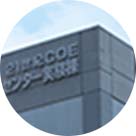



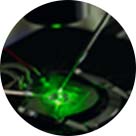
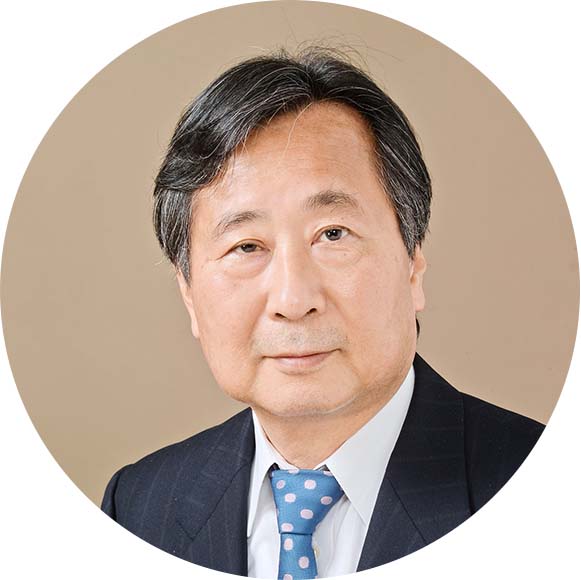
RIST's predecessor, the Institute for General Research, was established in 1981. Our history and track record extend over more than 40 years.